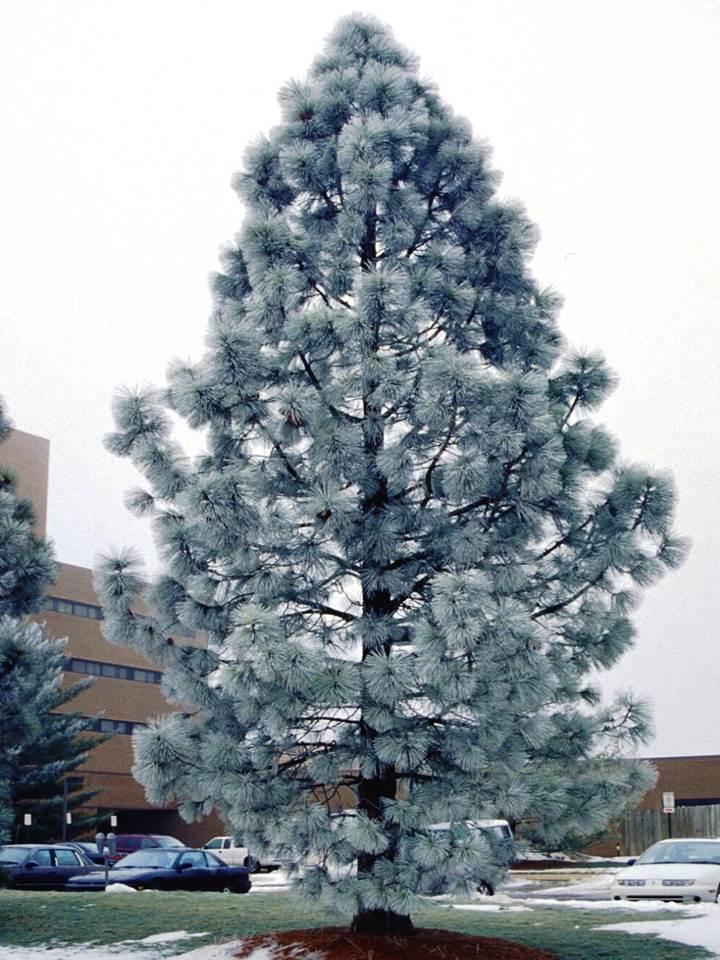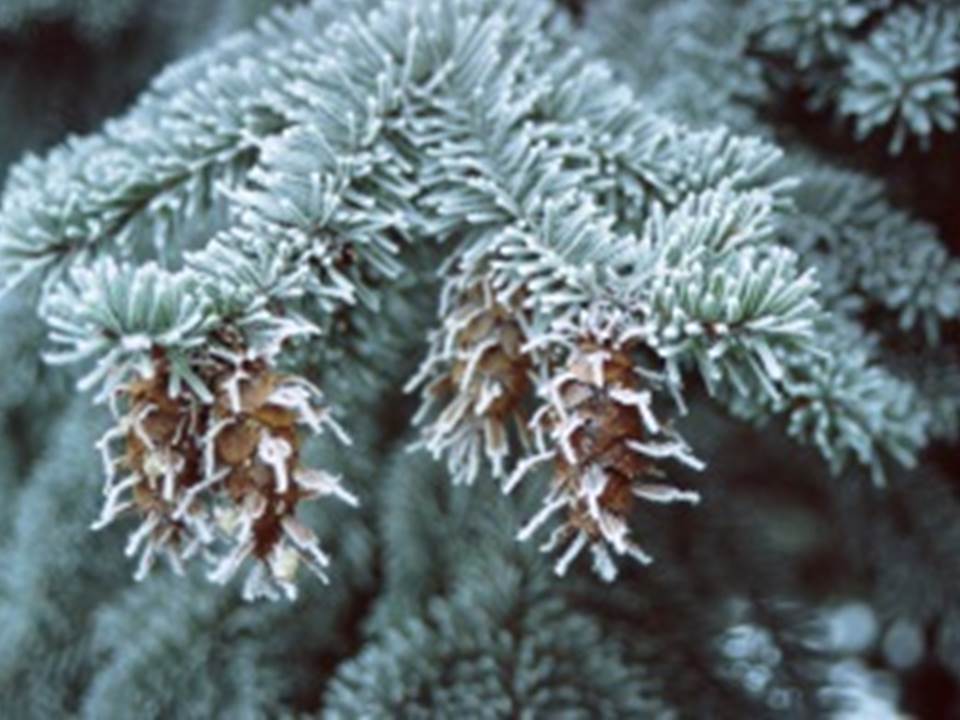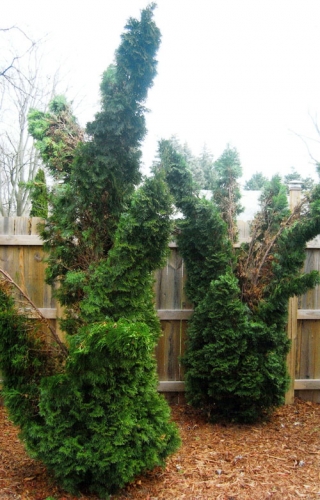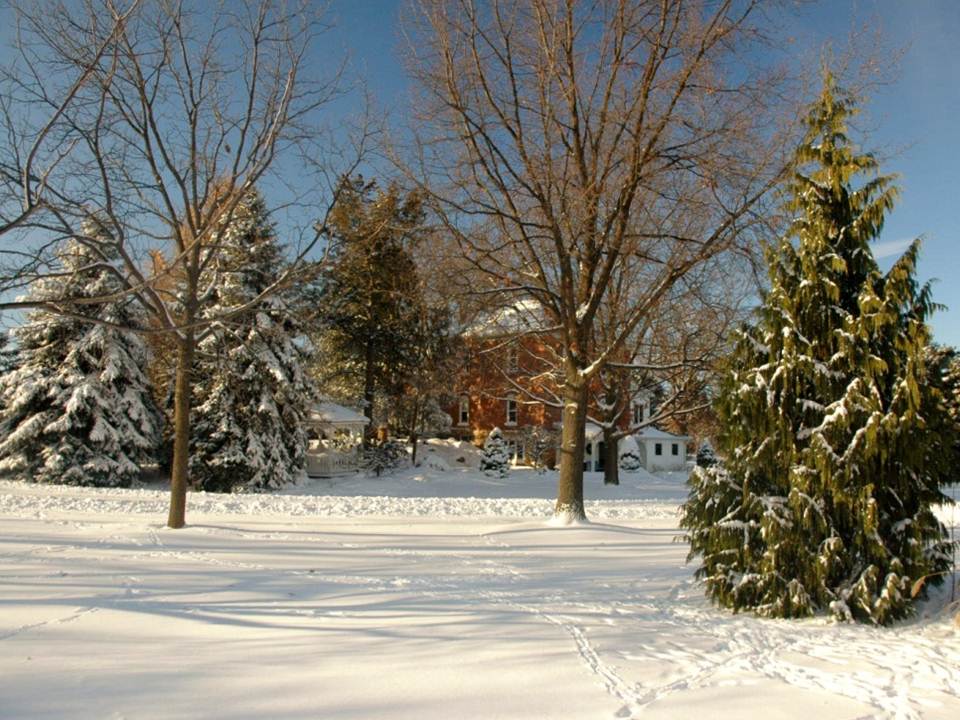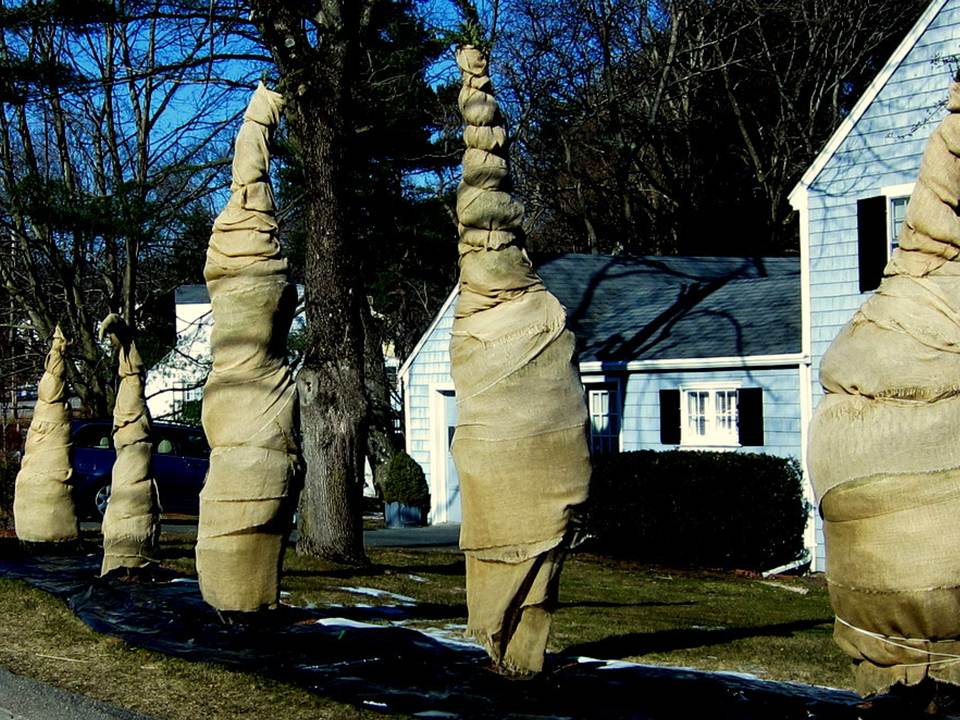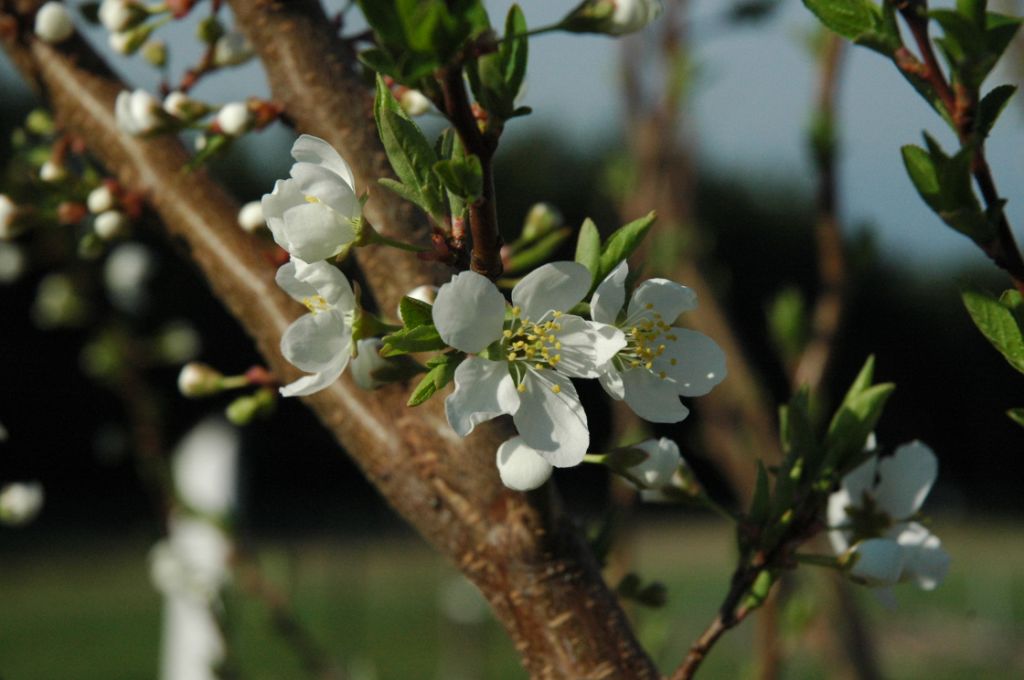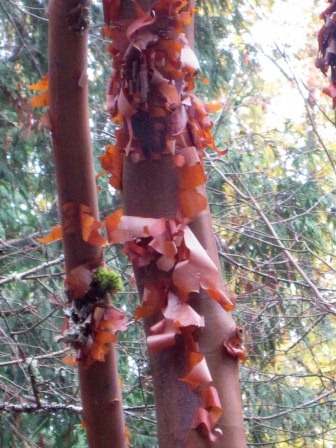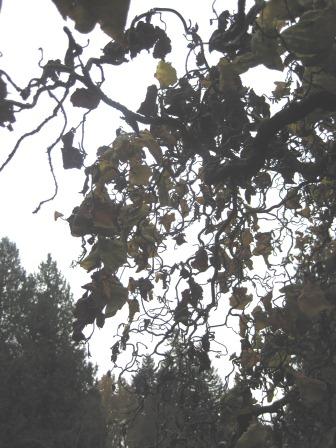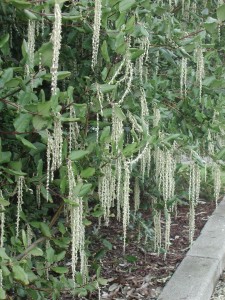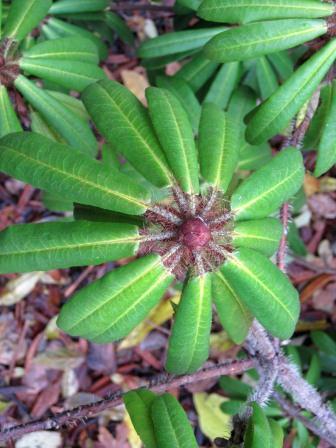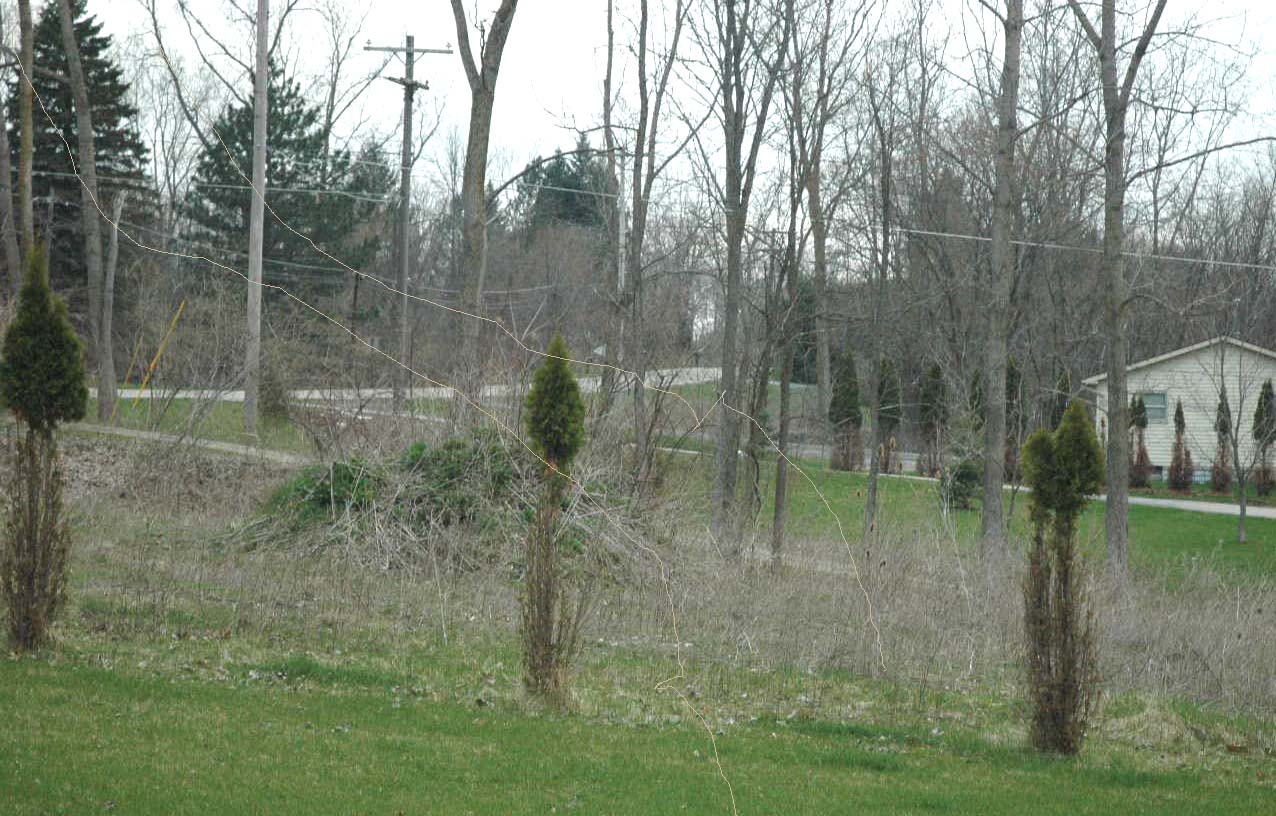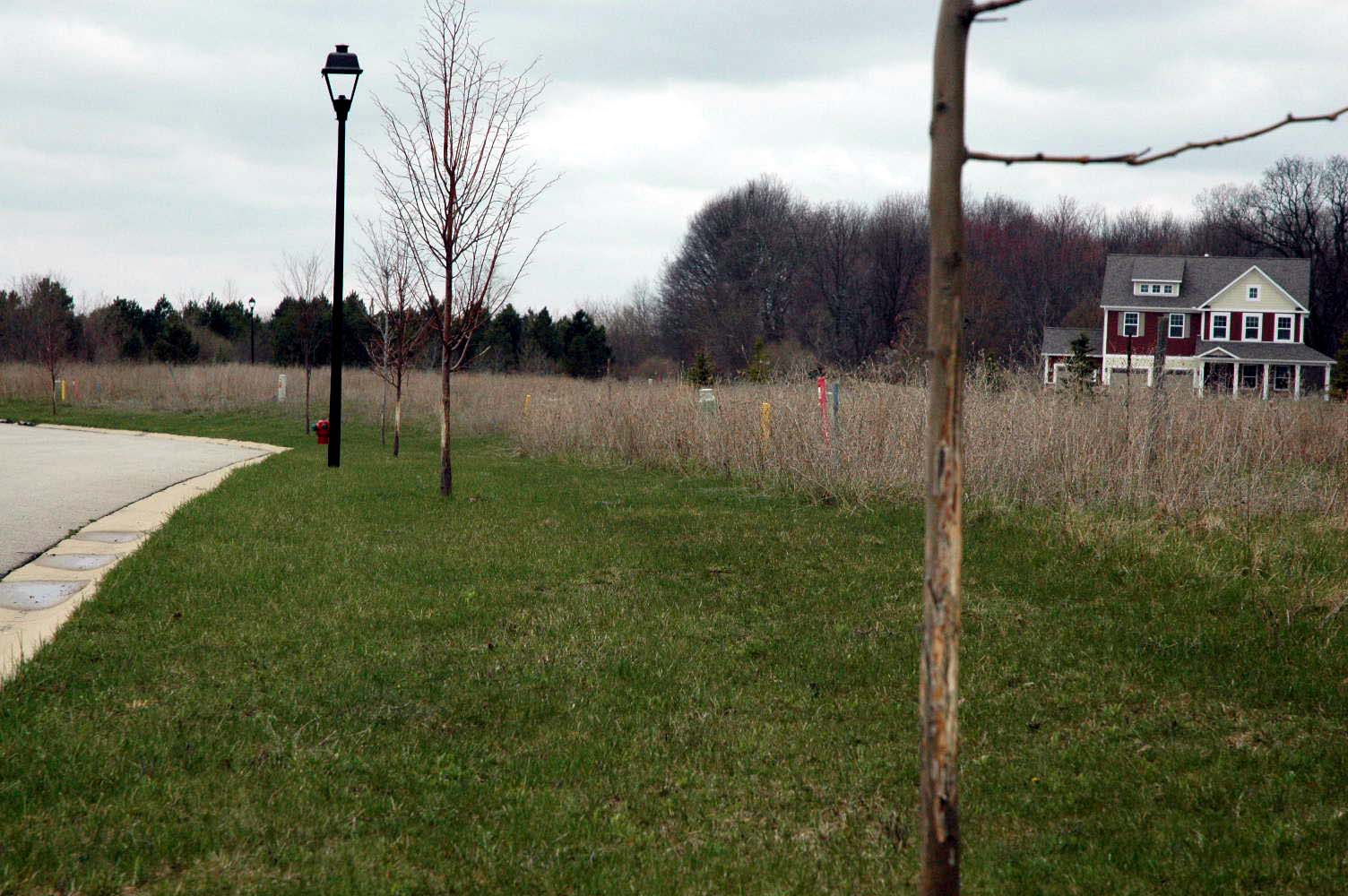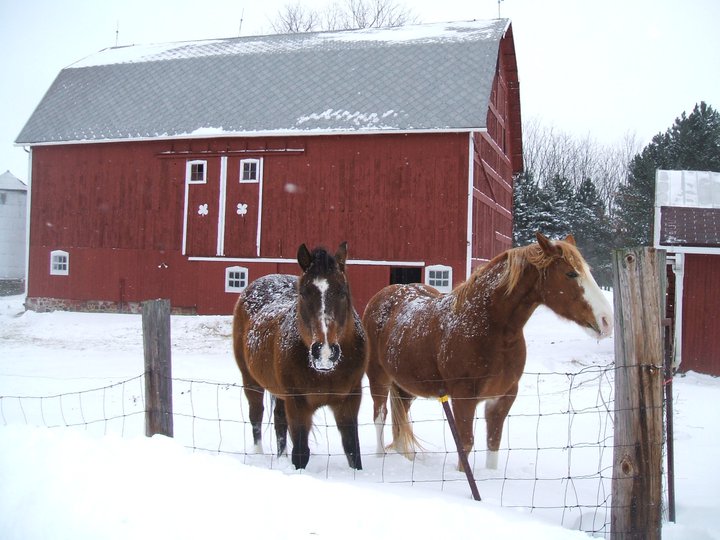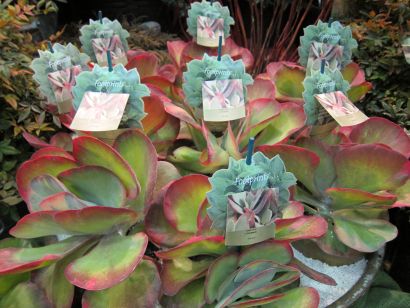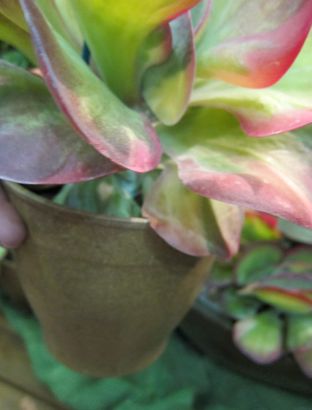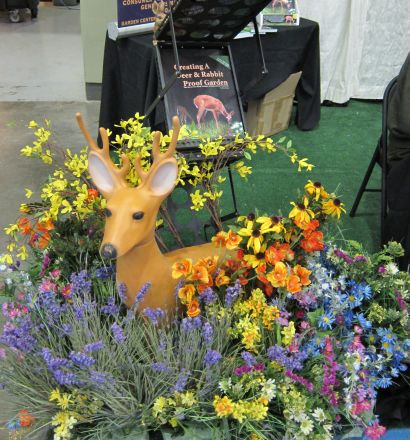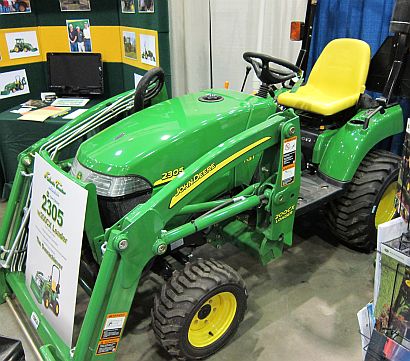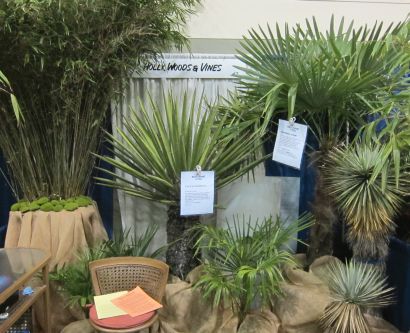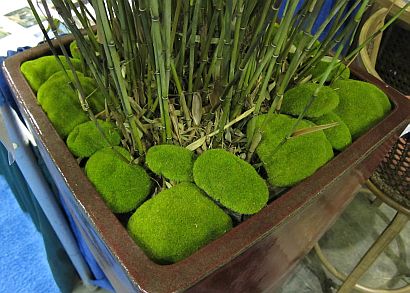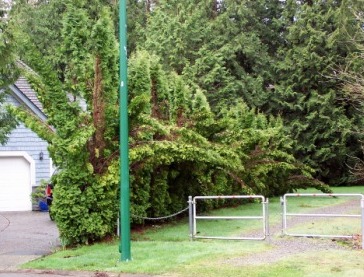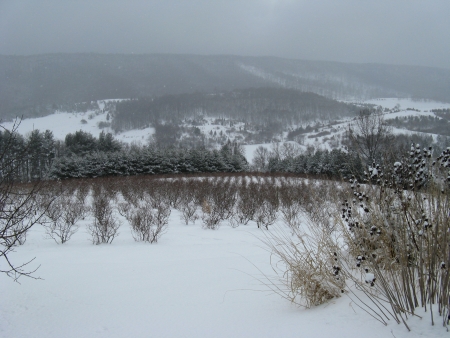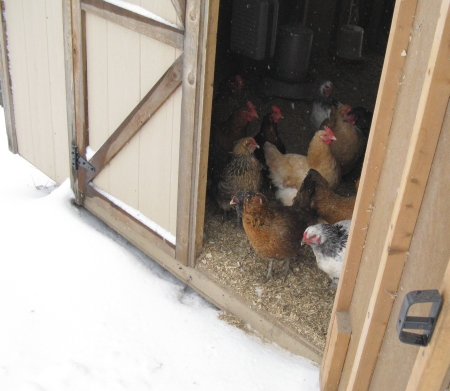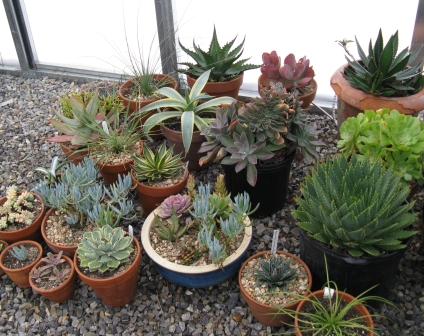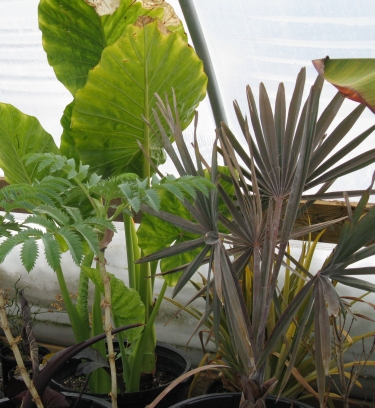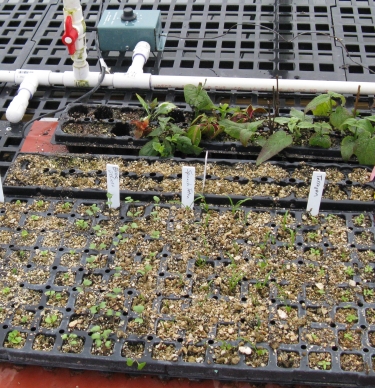This weekend I got to take a leisurely drive to the northern end of Michigan’s Upper Peninsula with my daughter so she could check out Michigan Tech University. Lots to see along the 488 mile drive from DeWitt to Houghton, including a moose, lots of snowmobiles, and the world famous ‘Yooper tourist trap’. (For the uninitiated, people that live in the U.P. are known as Yooper’s, while those of us that live beneath the Mackinac Bridge are known as ‘Trolls’) Once we got along the Lake Superior side of the U.P. we drove through a short section of freezing fog that produced rime on the surrounding forest. Our tight schedule and road conditions prevented me from stopping to get photos but I found several on Wikimedia commons that illustrate the phenomenon.
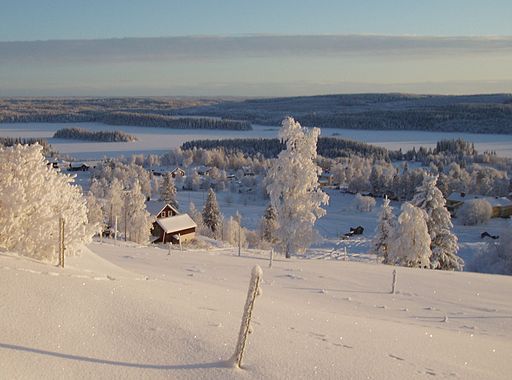
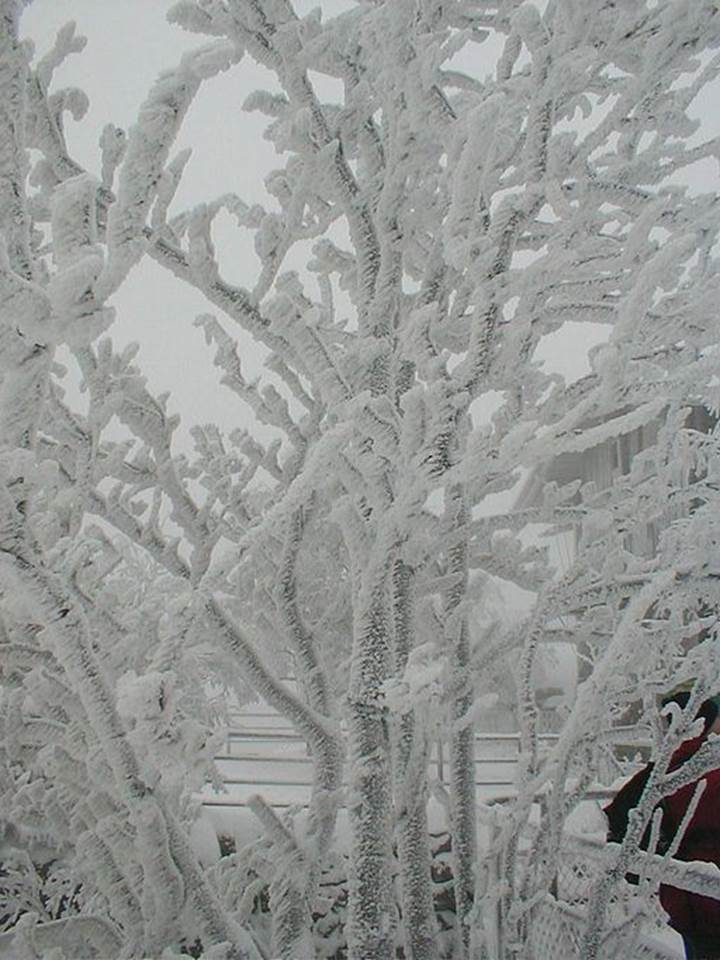
Here’s a recent TV weather blog that provides some additional photos and information rime and hoar frost, which is a related winter weather phenomenon. Rime forms when air temperatures are below freezing drop below the dew point as the water condenses and freezes, the ice crystals accumulate on the windward side of trees, fences, and other objects. Another similar phenomenon is hoar frost. Hoar frost looks similar to rime but is lighter and not associated with freezing fog. It forms when surfaces cool below the dew point and ice crystals accumulate. Here are some examples of hoar frost we experienced a couple years ago here at MSU.
